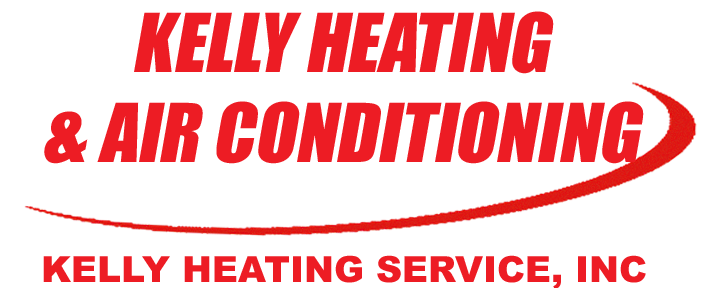 |
Ozone in the air purification industry.Filtration systems and other indoor air quality products are supposed to make your home’s air cleaner and healthier. Some products on the market today end up making your air quality worse. That’s because they emit ozone, a toxic gas. Healthy Climate® solutions are designed to dramatically improve indoor air quality without releasing harmful ozone into your home in the process. The Healthy Climate® collection is the first complete line of ozone-free indoor air quality systems |
|
What is ozone?Ozone is a form of oxygen. In the earth’s stratosphere, it helps to block potentially harmful ultraviolet radiation from reaching the ground. However, at lower levels in the atmosphere (the air we breathe) it’s a product of pollution and can be dangerous. In-home air purifiers that make ozone should be avoided. Other ozone sources include items with electric motors such as vacuum cleaners and refrigerators. |
How is it produced?While ozone in the stratosphere occurs naturally, ground-level ozone is man-made. Many electronic particle air cleaners and ionizers produce ozone. Ozone build up concentrations depend on how powerful the device is, weather it's placed in a small space and how many interior doors are closed. |
What are some of the harmful affects of ozone?According to the American Lung Association, breathing ozone can cause shortness of breath, coughing or chest pain. Repeated exposure to ozone can lead to chronic respiratory issues. |
Who's at risk for health problems related to ozone?Ozone can be harmful to everyone. Healthy people, as well as those with existing respiratory difficulties, can all experience breathing problems when exposed to ozone.Five groups of people are especially vulnerable to the effects of breathing ozone:
source: American Lung Association |


